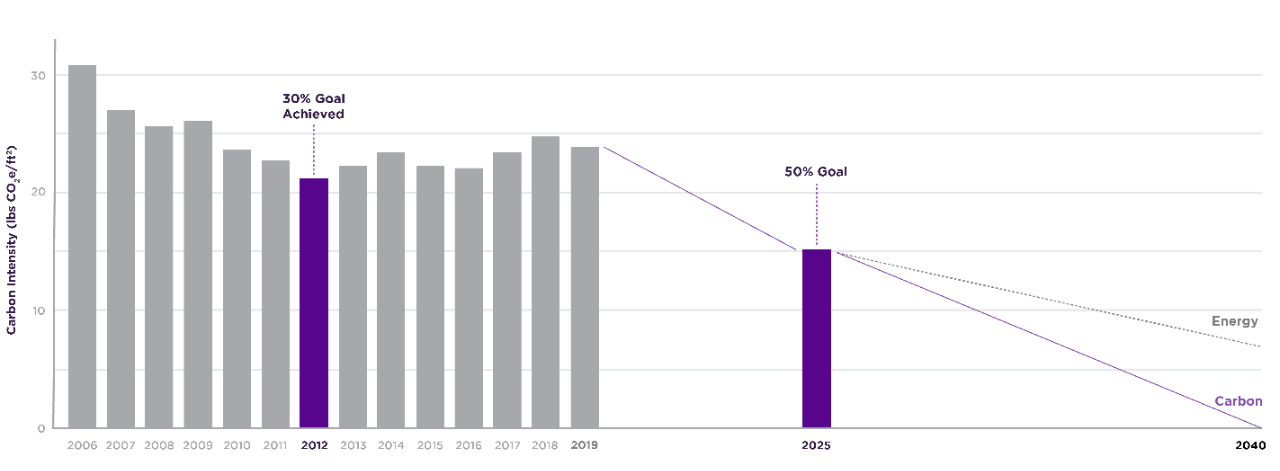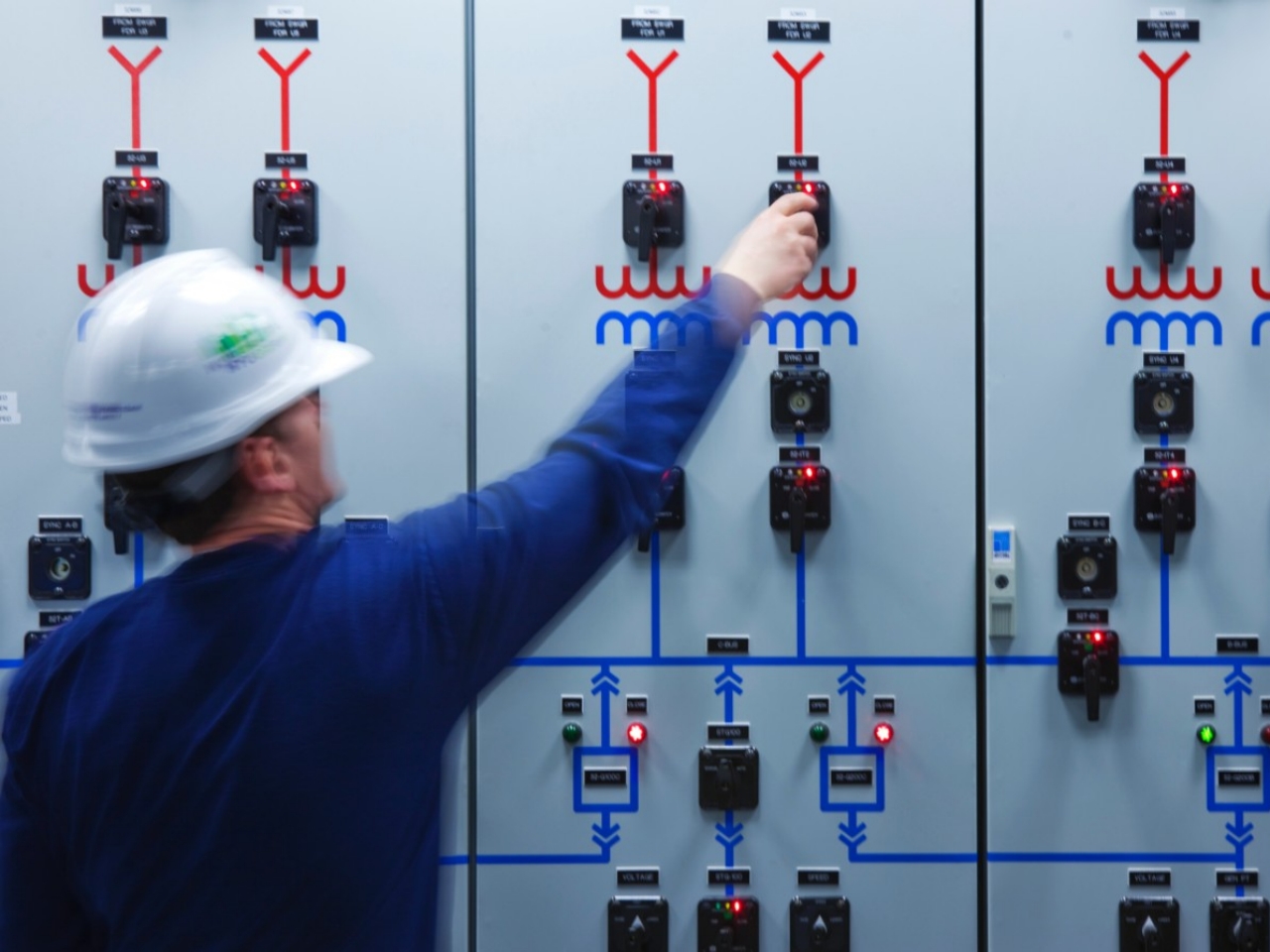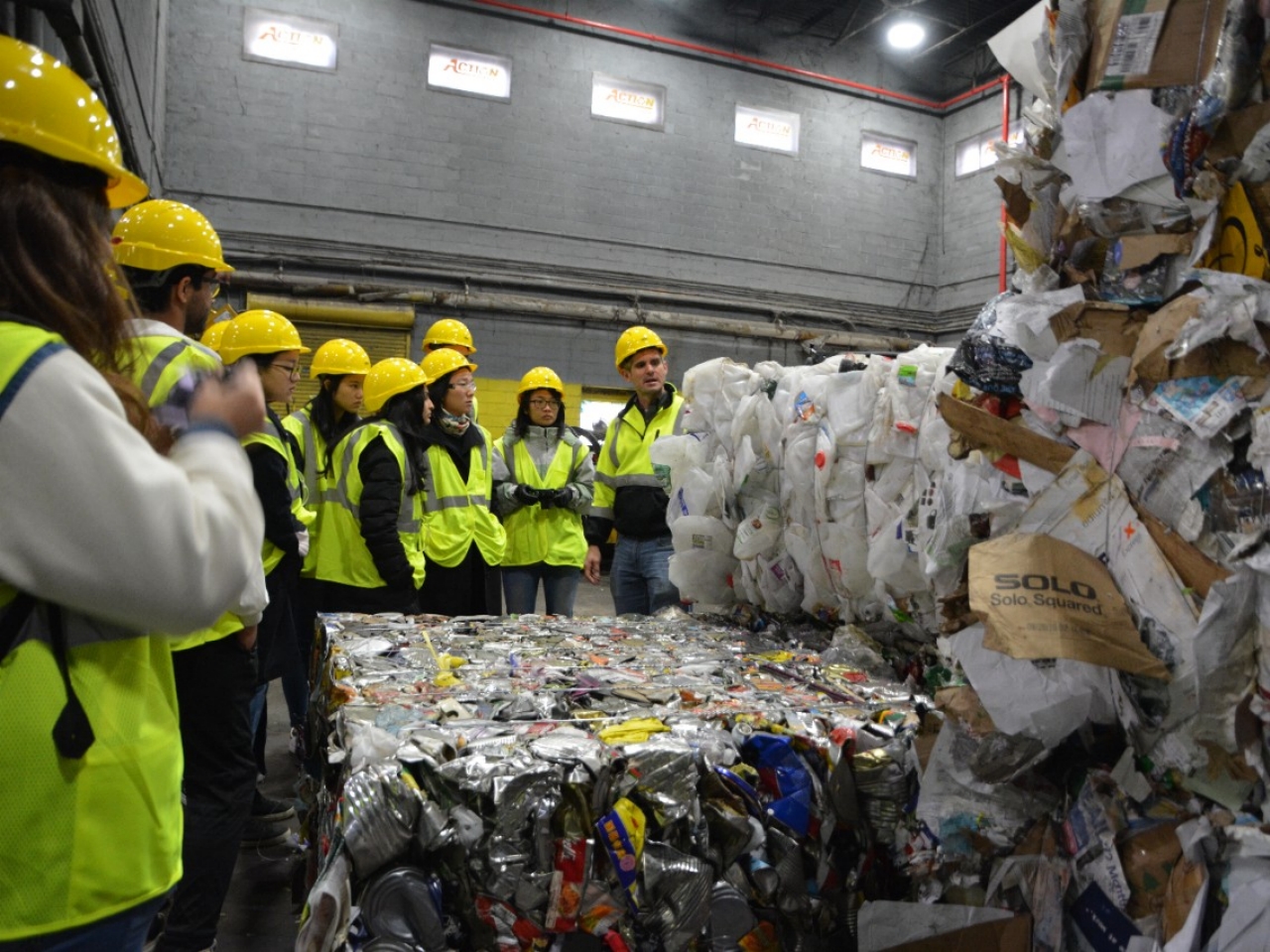Cecil Scheib is currently NYU’s Chief Sustainability Officer and has served as NYU’s Director of Energy and Sustainability at NYU from 2007 to 2012. He has been involved in multiple key initiatives concerning NYU’s sustainability such as the Green Grants Program, reducing emissions by 30 percent, inculcating sustainability into procurement, higher solid waste diversion rates, the Cogeneration Plant, and drafting the Climate Action Plan. He has formerly served as the Chief Program Officer at Urban Green Council and the Managing Director of the Building Resiliency Task Force for the City of New York. He also serves on the Board of Directors of Urban Green Council and the Center for Sustainable and Cooperative Culture. Cecil earned his BS in Civil and Environmental Engineering from Stanford University.
- You have an extensive professional background working in sustainability. Could you tell us about your initial involvement in sustainability and the work you were involved in before you became NYU’s Chief Sustainability Officer?
Before NYU, I founded and lived at Dancing Rabbit Ecovillage, an off-grid village where residents share vehicles, build houses out of local materials, grow much of their own food, and recycle just about all waste. Ecovillage residents have reduced their environmental footprint by 90% compared to the average U.S. resident, while maintaining a comfortable and socially connected life.
- How has NYU’s approach towards sustainability changed since you first joined NYU as the Director of Energy and Sustainability 10 years ago?
Sustainability has become less of an add-on option and more part of NYU’s core self-conception. It’s the default assumption in so many instances now. Our ranking as STARS Gold and in the Princeton Review Top 50 Green Schools has been a big part of this. In addition, many more people have a clear sense of the crisis we are facing, and what we must do to mitigate it, compared to the situation 10 years ago. A graph on NYUs carbon intensity trajectory to 2040 has been provided below for more details.

- NYU met its 10-year commitment of reducing its carbon emissions by 30% earlier than stated and is on its way to reduce 50% by 2025 and reach carbon neutral by 2040. Could you tell us about some of the initiatives taken by the administration as well as students that have allowed for this success?
NYU’s approach has been to do repeatable actions, even if modest, but spread them across campus very broadly. This includes everything from changing lightbulbs and making sure computers are off when not in use, to new energy saving equipment that serves campus needs. Behavior change is a big part of this effort, as student and faculty acceptance of change is necessary for NYU to improve.
- What does it mean for NYU to be carbon neutral? How does NYU address Scope 3 emissions?
As noted in the 2021 update to NYU’s Climate Action Plan, to maximize the climate and economic benefits of its GHG reduction efforts, NYU prioritizes actions in the following order:
- Reducing on-site energy use.
- Generating on-site carbon-free energy.
- Procuring carbon-free energy from the grid.
- Procuring off-site carbon-free energy via power purchasing agreements.
- Long-term and additional renewable energy certificates.
Given the possibilities of electrification and the state’s 2040 carbon-free electricity targets, NYU hopes for minimal use of offsets.
We have expanded our commitments to Scope 3 emissions with the Cool Food Pledge, reducing food-related greenhouse gas emissions 25% by the year 2030. This commitment includes the NYU New York, Abu Dhabi, and Shanghai campuses.



